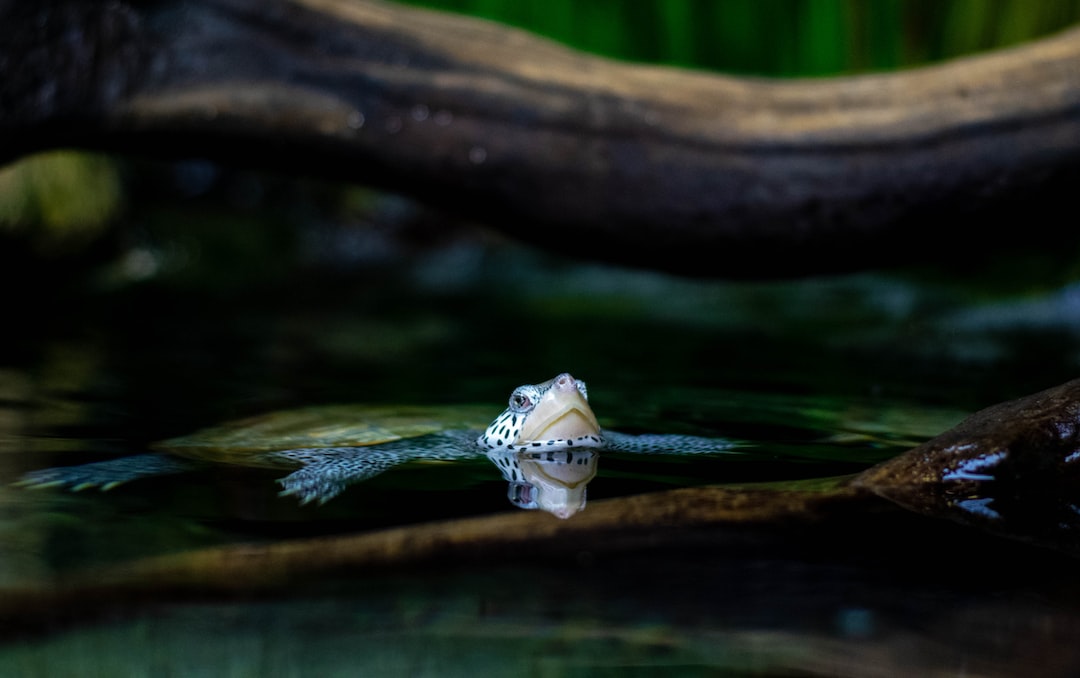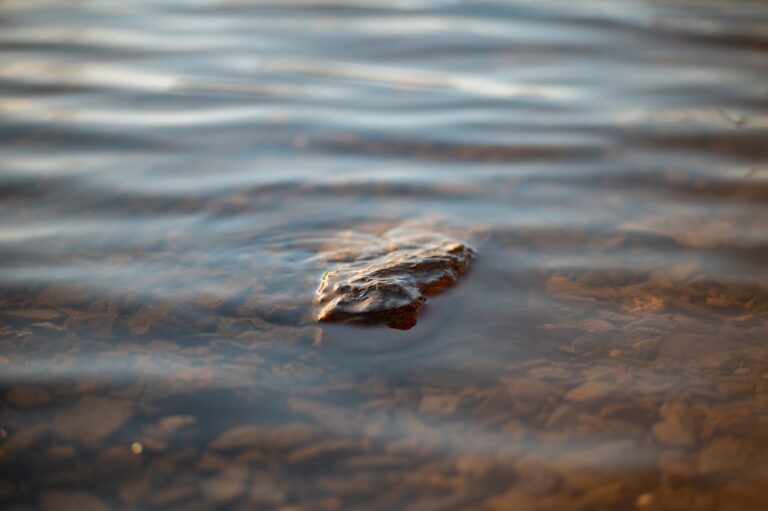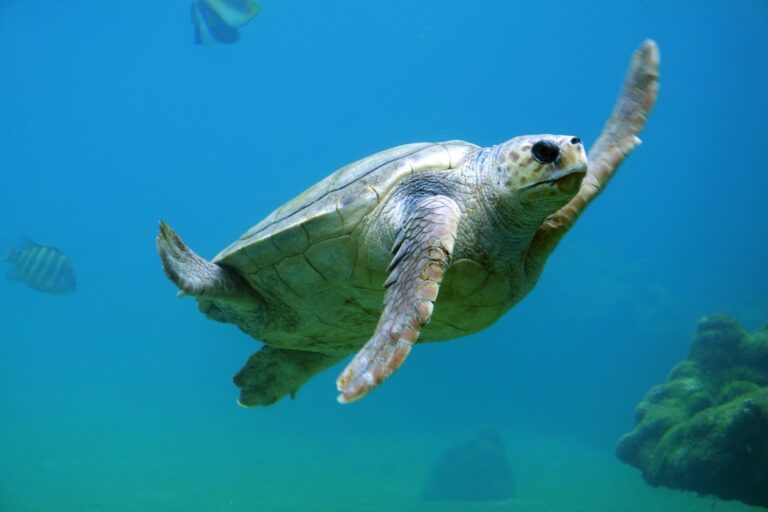Why Do Turtles Need Water?
Water is an essential element for the survival of all living organisms, and turtles are no exception. Turtles have a unique relationship with water, as they are adapted to both aquatic and terrestrial environments. Water plays a crucial role in various aspects of a turtle’s life, including nutrition, digestion, temperature regulation, reproduction, and overall health. Understanding the importance of water for turtles is vital for their conservation and well-being.
The significance of discussing the topic of water for turtles lies in the fact that turtles are facing numerous threats to their survival, including habitat loss, pollution, and climate change. By understanding the role of water in their lives, we can better appreciate the challenges they face and work towards protecting their habitats and ensuring their long-term survival.
Table of Contents
Turtles’ Unique Adaptations to Aquatic Environments
Turtles have evolved unique physical adaptations that allow them to thrive in aquatic environments. Their streamlined bodies and webbed feet enable them to move efficiently through water. Aquatic turtles also have flatter shells compared to their terrestrial counterparts, which helps reduce drag in the water.
In contrast, terrestrial turtles have higher-domed shells that provide protection against predators and allow them to retract their heads and limbs fully. These adaptations reflect the different lifestyles and habitats of turtles, with aquatic turtles spending most of their time in water and terrestrial turtles primarily residing on land.
Water as a Source of Nutrition for Turtles
Water serves as a vital source of nutrition for turtles, especially for those that are primarily herbivorous or omnivorous. Aquatic plants such as algae and aquatic vegetation form a significant part of their diet. These plants provide essential nutrients such as vitamins, minerals, and fiber that are necessary for the turtle’s overall health.
In addition to plants, aquatic turtles also consume various small aquatic animals such as insects, crustaceans, mollusks, and fish. These animals provide a source of protein and other essential nutrients that are crucial for the turtle’s growth and development.
Turtles obtain nutrients from water through their feeding mechanisms. They use their beaks to bite and tear apart food, and their tongues help manipulate and swallow the food. The water surrounding the food helps facilitate the swallowing process, ensuring that the turtle can consume its meal effectively.
The Role of Water in Turtles’ Digestive Processes
Water plays a crucial role in turtles’ digestive processes. It aids in the breakdown of food, absorption of nutrients, and elimination of waste. Turtles have a unique digestive system that allows them to extract as many nutrients as possible from their food.
When turtles consume food, water helps soften and break down the food particles, making it easier for the digestive enzymes to act upon them. The water also helps lubricate the food, facilitating its movement through the digestive tract.
Hydration is essential for turtles’ digestive health. Without sufficient water intake, turtles may experience constipation or impaction, which can lead to serious health issues. Adequate hydration ensures that the digestive system functions properly, allowing turtles to extract nutrients efficiently from their food.
Water as a Means of Temperature Regulation for Turtles
Water plays a crucial role in regulating turtles’ body temperature. Turtles are ectothermic animals, meaning they rely on external sources of heat to regulate their body temperature. Water provides a stable environment for temperature regulation, as it has a higher heat capacity compared to air.
Aquatic turtles can regulate their body temperature by moving between warmer and cooler areas in their aquatic habitats. They can bask in the sun or rest on rocks to absorb heat when they need to warm up, and they can submerge themselves in water to cool down when necessary.
In contrast, terrestrial turtles rely on their environment to regulate their body temperature. They may seek shade or burrow into the ground to escape the heat, or they may bask in the sun to warm up. However, they do not have the same level of control over their body temperature as aquatic turtles do.
Turtles’ Dependence on Water for Reproduction
Water is essential for turtles’ reproductive processes. Most turtle species rely on water for mating and egg-laying. Aquatic turtles typically mate in water, with males actively pursuing females and engaging in courtship behaviors.
After mating, female turtles seek suitable nesting sites near water bodies to lay their eggs. The moisture in the soil is crucial for the development of the eggs, as it helps maintain the right humidity levels. Without access to water, female turtles would not be able to lay their eggs successfully, jeopardizing the survival of future generations.
Water quality also plays a significant role in turtles’ reproductive success. Pollution and contaminants in water bodies can negatively impact the health and development of turtle embryos. High levels of pollutants can lead to deformities, reduced hatching success, and even death of the embryos.
The Importance of Water Quality for Turtles’ Health
Water quality is vital for turtles’ overall health and well-being. Turtles rely on clean and unpolluted water for their survival. Polluted water can have detrimental effects on their health, leading to various health issues and even death.
Pollutants such as chemicals, heavy metals, pesticides, and fertilizers can accumulate in water bodies and pose a significant threat to turtles. These pollutants can enter turtles’ bodies through direct contact with contaminated water or through the food they consume.
Poor water quality can also affect turtles’ immune systems, making them more susceptible to diseases and infections. Turtles with compromised immune systems are less likely to survive in the wild and may experience higher mortality rates.
The Dangers of Dehydration for Turtles
Dehydration is a significant threat to turtles’ health and survival. Turtles rely on water for hydration, and without access to sufficient water, they can quickly become dehydrated. Dehydration can have severe consequences for turtles, including organ failure, impaired immune function, and even death.
Turtles lose water through various means, including evaporation from their skin and respiratory system. They also lose water through urination and defecation. It is essential for turtles to have access to water sources where they can drink and replenish their hydration levels.
Providing turtles with access to clean and fresh water is crucial for their well-being. In captivity, it is essential to ensure that turtles have access to a suitable water source that allows them to drink and soak as needed.
The Impact of Habitat Loss on Turtles’ Access to Water
Habitat loss is a significant threat to turtles’ access to water. As human activities continue to encroach upon natural habitats, turtles are losing their homes and the water sources they rely on for survival. Deforestation, urbanization, and the conversion of natural habitats into agricultural land are all contributing to the loss of suitable habitats for turtles.
Habitat loss not only affects turtles’ ability to access water but also disrupts their entire ecosystem. Many other species depend on the same water sources as turtles, and the loss of these habitats can have far-reaching consequences for biodiversity.
The consequences of habitat loss for turtles’ survival are dire. Without access to suitable water sources, turtles may struggle to find food, reproduce successfully, or regulate their body temperature. Protecting and restoring turtle habitats is crucial for ensuring their long-term survival.
Protecting Water for Turtles’ Survival
Water is of utmost importance for the survival of turtles. It plays a vital role in their nutrition, digestion, temperature regulation, reproduction, and overall health. Understanding the significance of water for turtles is essential for their conservation and well-being.
To protect water for turtles’ survival, it is crucial to address the threats they face, including habitat loss, pollution, and climate change. Conservation efforts should focus on preserving and restoring turtle habitats, ensuring water quality, and promoting sustainable practices that minimize the impact on aquatic ecosystems.
By taking action to protect water sources for turtles, we can contribute to the preservation of these incredible creatures and the ecosystems they inhabit. It is our responsibility to ensure that future generations can continue to admire and appreciate the beauty and importance of turtles in our world.
If you’re interested in learning more about reptiles, you might want to check out this article on “Are Turtles Solitary Animals?” It explores the social behavior of turtles and whether they prefer to live alone or in groups. Understanding the social dynamics of turtles can provide valuable insights into their natural habitat and help us better care for them as pets. So, if you’re curious about the social lives of turtles, click here to read the full article.







